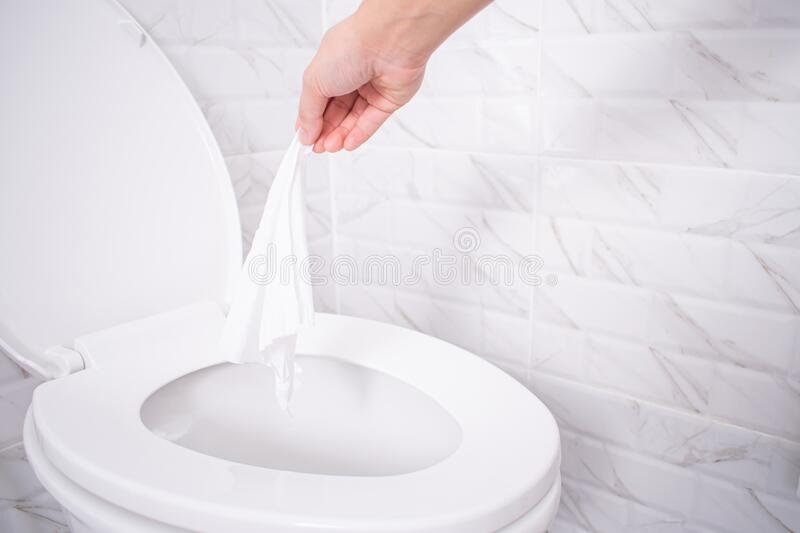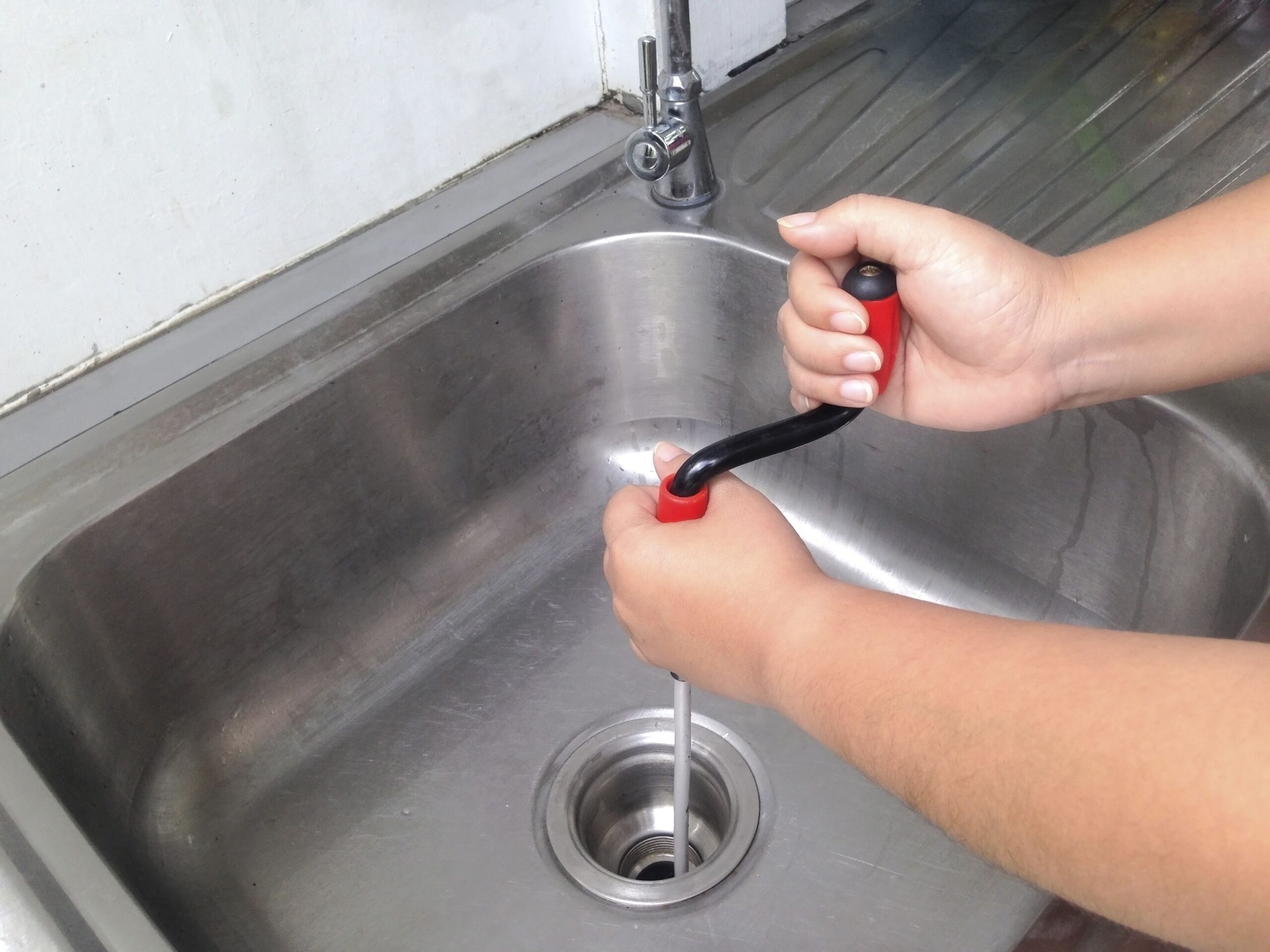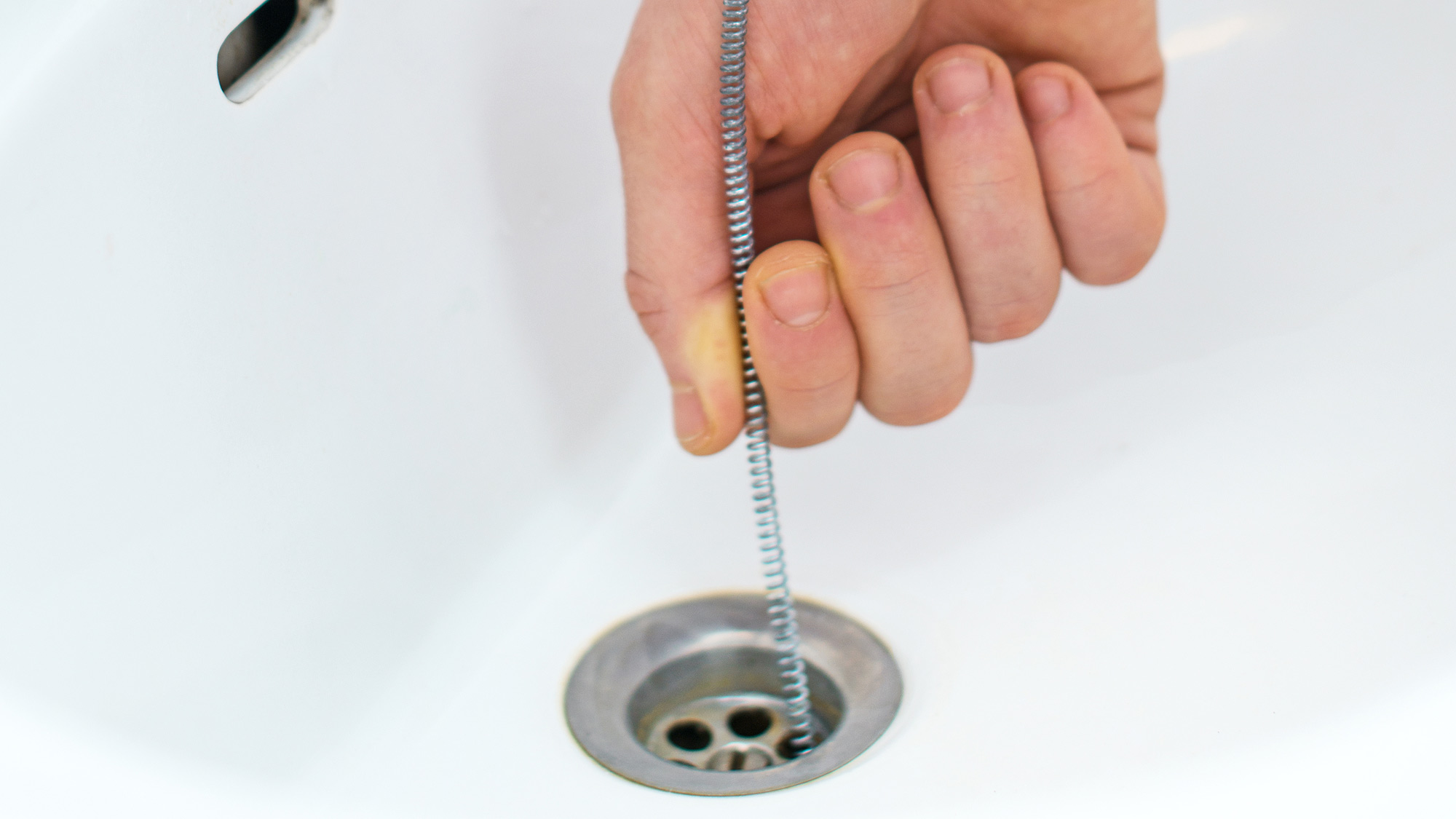The drain is an essential and often overlooked, part of your plumbing system. The term drain usually refers to the section of waste pipe joining your household appliance to the main sewer pipe. Maintenance and care of this pipe is your responsibility.
You’re going to need to know how to unclog them.
But first, you should be aware of what causes drain clogs
Wet Wipes
This is one of the biggest offenders. Wet wipes should never be put down the toilet, they don’t decompose and they will bunch together, causing a blockage. Even one or two wet wipes can slow the flow and cause other items in your drainage system to stop, creating a clog.

Accidents
There are occasions, especially if you have children when the wrong thing is dropped down the toilet and flushed away. This can end up sticking in the pipes and eventually cause a clog. The two events may not appear connected but further investigation will highlight the issue.
Food Waste
Kitchen sinks tend to contribute to clogs when you dispose of things that you shouldn’t. Coffee granules, liquid fat that solidifies in the pipes, and a variety of other food waste items can cause clogs in your drains.
All food waste should go in the bin or a garbage disposal unit.
Soap and Hair
Soap isn’t generally an issue but small clumps of it can stick to hair which then creates a clog. A hair catcher on your drains is a good idea.
Dealing With The Clog
Knowing what causes clogs should help you prevent them in the future. But, if you already have a clog try these techniques.

A Camera
A drain camera won’t clear the clog but it will help you to identify where it is and what it is made of. This will help you to identify the closet point to access the clog and how to deal with it properly.
The camera can also be used to verify the clog has gone and you can use it routinely to inspect the condition of your pipes, preventing unwanted surprises.
Plunger
This simple tool can be very effective at eliminating clogged drains. You’ll need to use the right size plunger for the appliance you’re trying to clear. It needs to have a good seal around the drain, preventing air from escaping.
Ideally, choose the drain closest to the clog and temporarily seal the other drains.
Then slowly move the plunger up and down, the air pressure should break the clog up.
Drain Snake
This slim metal tool is designed to thread its way through the pipes until it reaches the clog. You can then try to break the clog up by ramming it with the snake, hook a little of the clog and pull it back, or simply create a path through it.

This approach works well with the drain camera to monitor your progress.
Drain Cleaner
Adding an enzyme-based drain cleaner will clear the pipes without damaging them. It needs to be left for a while to do its job but it’s a great follow-up to the drain snake.








